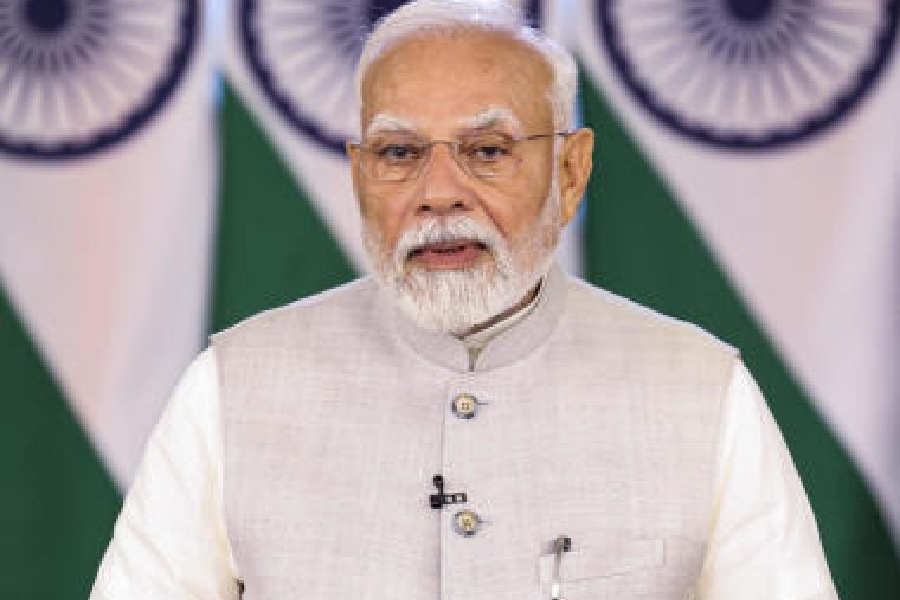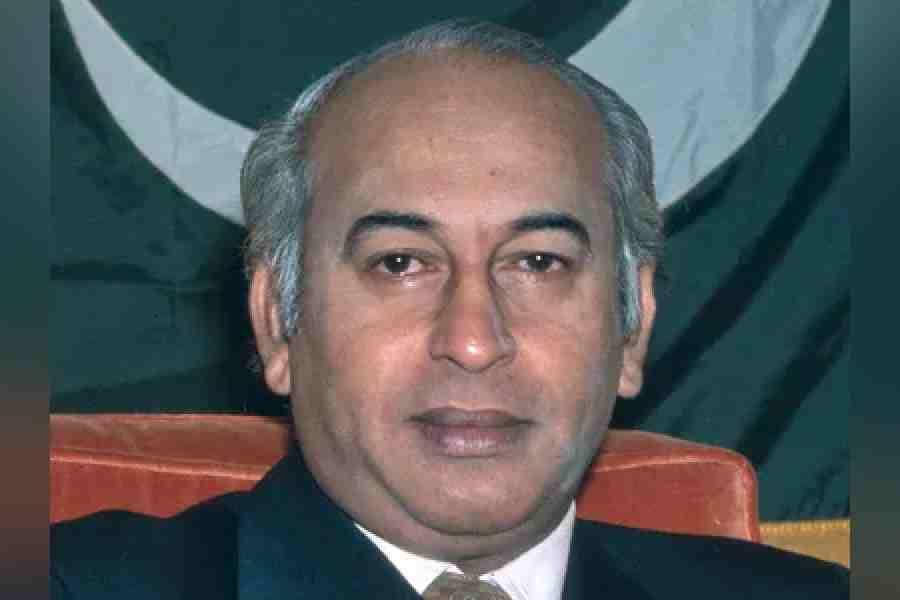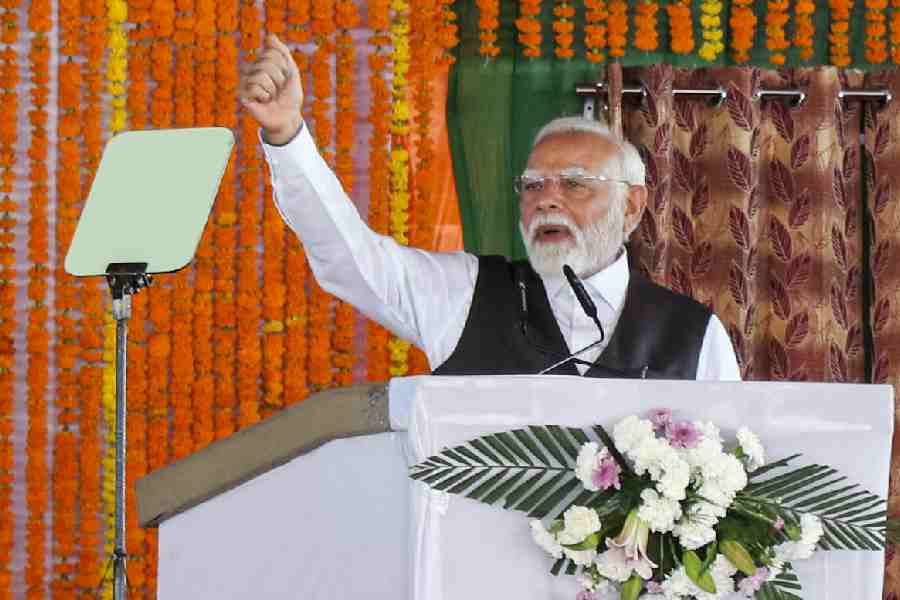 |
| A bunch of beaming children adds sparkle to Diwali in Lalpur, Ranchi, on Thursday. Picture by Hardeep Singh |
This is a sound that won’t be music to Ranchi’s ears for years to come.
Albert Ekka Chowk, the city landmark named after a hero who died fighting in the 1971 India-Pakistan War, clocked a disgraceful decibel of 96.9 on Diwali night.
The Jharkhand State Pollution Control Board (JSPCB) noise meter recorded the ignominy between 6pm and midnight on Thursday, and officials admitted that this was perhaps the highest registered decibel level in Ranchi during the festival of lights in the past three years.
They, however, added that a “detailed, calibrated and year-wise compilation” of noise pollution figures was expected in another few days’ time.
Last year, Albert Ekka Chowk — one of the capital’s busiest commercial hubs on Main Road — had notched 96.3dB, very close on the heels of Lalpur, which had clocked 96.6dB. This time, the latter — a part commercial and part residential area — has shown some improvement with a maximum reading of 88.3dB, although way above the permissible night limit of 55dB.
The JSPCB noise policing extended to Kutchery, Sujata Chowk (Main Road), ATI More, Doranda (near Hotel Ashok) and Jharkhand High Court area.
According to Central Pollution Control Board (CPCB) guidelines, the noise cap in residential areas during daytime is 65dB while the same is 45dB at night. In commercial pockets, the day limit is 65dB and the night cap is 55dB. In silence zones (near hospitals and schools), the permissible indicators are 50dB during day and 45dB at night.
The noise meter at Sujata Chowk read 88dB, five notches less than last Diwali’s 93.3dB; Kutchery scored a maximum of 75.12dB against 80dB in 2013; and ATI More clocked 77.4dB (reading was not taken last year). The silence zones near the high court and in Doranda were noisy at 61.5dB and 72dB, respectively.
Many capital pockets also breathed uneasy on Diwali.
The central ambient air quality monitoring system at Van Bhavan in Doranda recorded the highest suspended particulate matter of 301µg/m3 at 10pm.
“On any given day, the average RSPM recorded here stays between 110µg/m3 and 170µg/m3. At times, it is as low as 70µg/m3. But, Diwali was high on air pollution too,” said a JSPCB official.
A source in the JSPCB said they had directed all district administrations to ban sound emitting firecrackers beyond 125dB. “Besides crackers, other reasons for sound pollution are loudspeakers and pressure horns. In some areas, loudspeakers were heard beyond 10pm in violation of standard noise norms,” he said.
The official pointed out that religious sentiments often prevented the district authorities from taking action against violators. “Checking noise and air pollution should be deemed as collective responsibility if we want to see remarkable changes,” he added.
State pollution control board chairman A.K. Mishra refused to comment before final compilation of figures. “I can only hope that noise pollution levels have dipped compared to last year,” he said.
Did you celebrate a noise-free Diwali this year?
Tell ttkhand@abpmail.com











